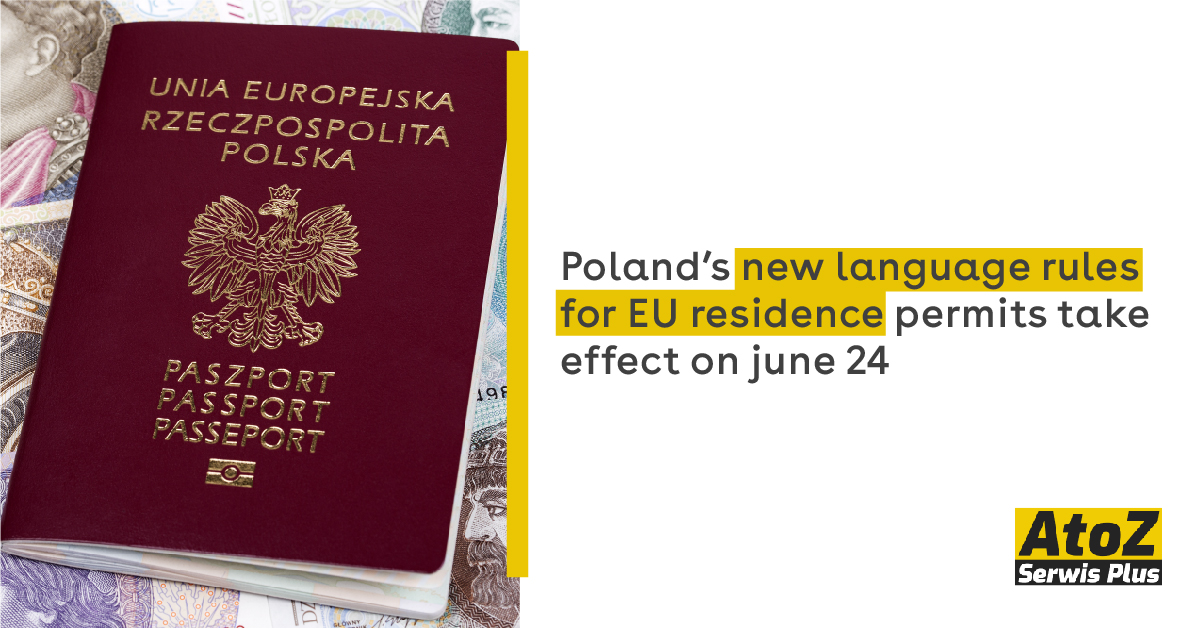

Frontex and D4FLY Finalise Project for Faster and More Secure Border Control
According to a press release issued by Frontex, this project has been exploring, developing and verifying new technologies in order to test the current capabilities and capacities of border authorities encountering threats in document and identity verification in automated border crossing points at land, air and sea, AtoZSerwisPlus.pl reports.
The solutions during this project were tested in two different scenarios; one in an automated border post and the other one when border guards were verifying people in crowded spaces.
The participants enrolled prior to the demonstration using a designated kiosk and then passed through a biometric corridor. The passport was scanned by the kiosk, and cameras from different angles captured the biometric features, such as 2D, 3D and thermal face, iris and somatotype features.
Two types of masks and contact lenses with fake iris prints and passports with morphed photographs were successfully detected as fraud by the border check sensors.
The research and innovation D4FLY project is funded by the EU Horizon 2020 programme.
Frontex is constantly engaged in projects for improving the identification and verification of those suspected of illegalities. In addition, the Agency is working with Spanish authorities to finalise the operation Minerva for this year.
Officers from 22 European countries, in partnership with Spanish authorities, identified 118 people suspected of being involved with a terrorist organisation and confiscated 11 stolen cars and 160 kilograms of hashish.
“The biggest seizure we had was towards the end of the operation, in Tarifa – the officers discovered 139 kilograms of hashish after they got alarmed by the smell when checking the car’s trunk. Part of the car had to be practically taken apart to get to the compartment,” Urmas, a Frontex standing corpse officer, revealed.
The Frontex support also included officers checking vehicles, people and passports, as well as identification of the arrested people. Frontex also provided dog handle teams to help detect hiding people, drugs and other illegal goods.
However, one of the main tasks of Frontex remains to combat illegal migration and smuggling, which is a common practice in the EU.
Recent data from Frontex shows that August saw the highest number of arrivals recorded since 2016. More specifically, 188,200 irregular entries were recorded in the first eight months of 2022, recording the highest number since 2016 and up by 75 per cent compared to the corresponding period in 2021.


















